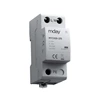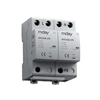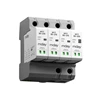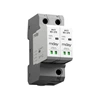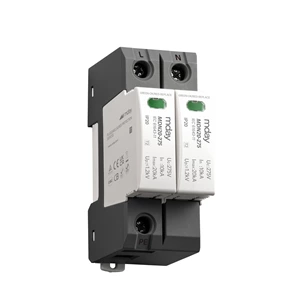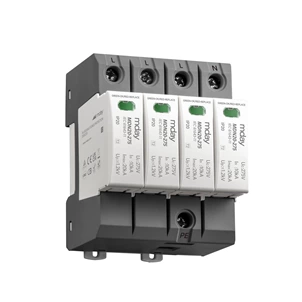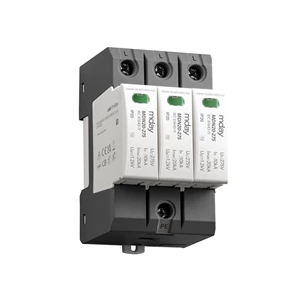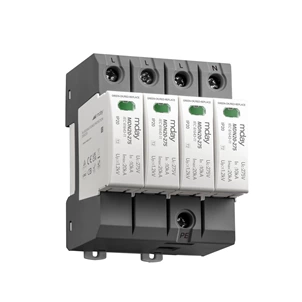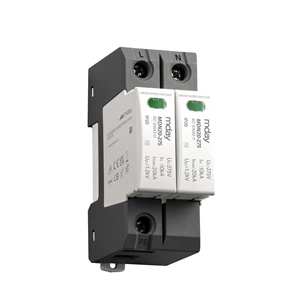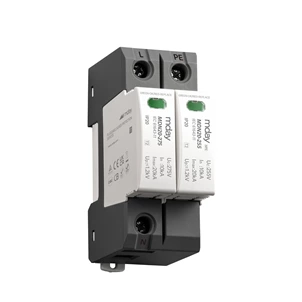Surge Protector Ground Grid Design
Every surge protective device grounding system should utilize a natural ground directly embedded in the earth or water. When using a natural ground or trip grounding system, two or more conductors should be connected to the grounding network at different points. The tower ground wire is connected to the grounding grid via four legs to ensure a good electrical connection. The leads are protected and covered with PVC sleeves. The network configuration is not fixed and can be customized to suit each region, depending on the climate, topography, and geographical environment. Differences in geographical environment determine geological variations, resulting in significant differences in soil properties. Generally, soft soils have minimal adverse effects, requiring lower requirements and ensuring good grounding performance at a low cost. Harder soils, such as those in rocky and rocky areas, require higher and better performance. To ensure ground lightning protection, all requirements are relatively high, and each individual surface design will have a certain impact.
The entire ground system is connected by the earth, surge protector, and ground wire. The ground wire is a 95mm² copper wire, connected between the grid and the steel tower, ensuring a good electrical connection and treated to prevent mechanical damage and chemical corrosion. The ground wire is welded to the ground rod and bolted to the steel tower. The entire pole adopts the surge protection device grounding system developed by our company, providing low-cost, high-performance and comprehensive services.


